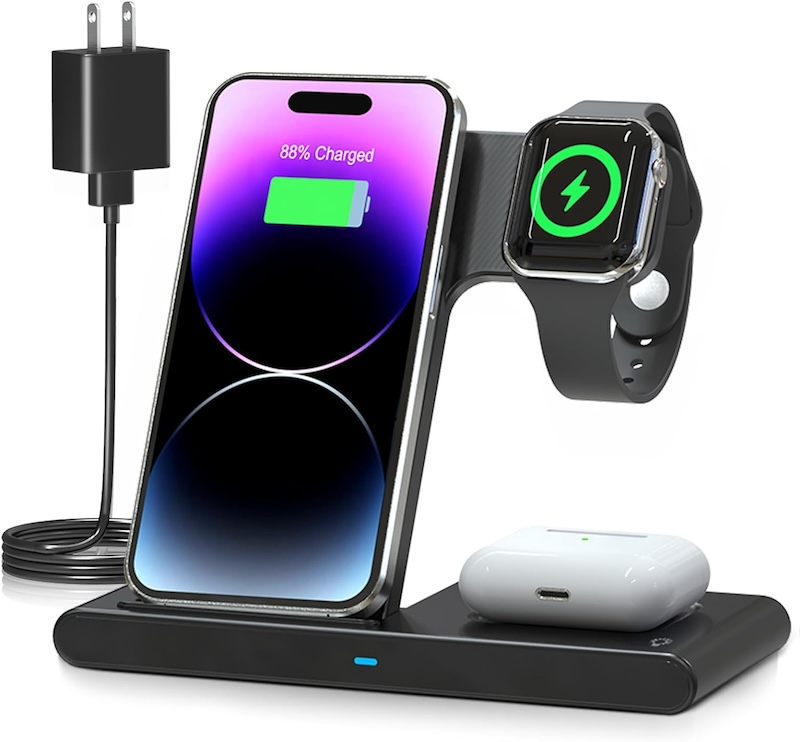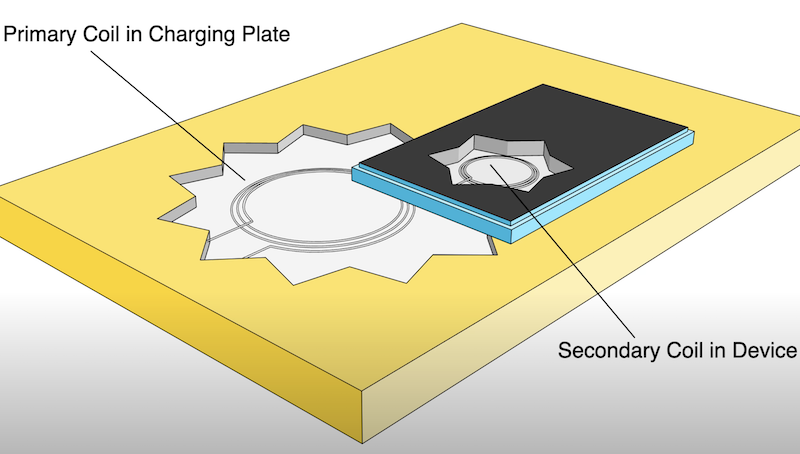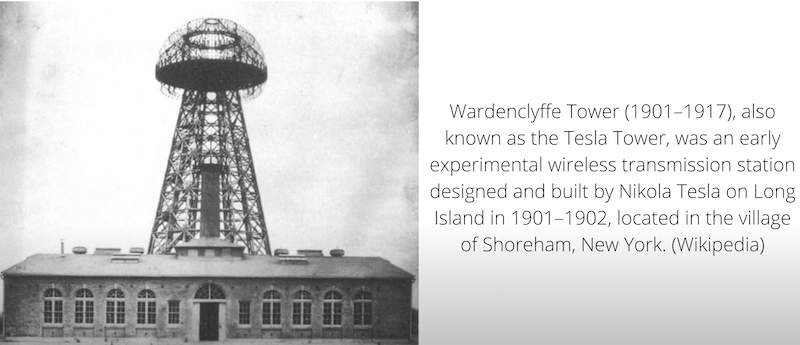
Nothing feels quite like living in the future the way wireless charging does. Simply put, wireless charging lets you charge up your gadgets without having to plug in a cable for power. It’s pretty neat, but how does it actually work, and why should we bother? Are there any downsides to wireless charging?
In very basic terms, wireless chargers use a property of magnetism and electricity known as induction charging, which is basically electric current converted into a magnetic field. This magnetic field then induces an electric current in the device you want to charge. That’s a bit of an oversimplification, but it’s essentially what happens in the wireless charging process.
Two coils, one in each device, convert the energy from one form to another.

This is the kind of wireless charging you’re likely to find in personal gadgets like smartphones and earbuds.
Induction charging only works over short distances, just 10 millimeters or less. So although the power is wireless, you usually need to set the device down on some charging pad for the power to flow. These induction chargers use low-frequency signals to move power from a charger to the device.
Wouldn’t it be cool to walk into a room and have all of your devices automatically receive power? That’s resonant charging, which uses high-frequency radio waves to wirelessly send power to devices over longer distances. One of the best parts of resonant charging is that the relatively high-frequency waves can travel much farther than induction chargers—multiple feet, in fact. As long as you stay within range of the coil, your device will keep charging continuously.
Wireless charging standards
It’s a futuristic idea, but electrical pioneer Nikola Tesla was doing it more than a century ago. Had history gone in a different direction, wireless electricity might have been the standard way of doing things today.

When it comes to wireless charging, there are different approaches, each with its own pros and cons. Different companies have different ideas about how people want to use wireless power in their daily lives, which subsequently has given rise to multiple standards and, you guessed it, these standards aren’t interoperable.
Qi wireless charging
Qi wireless chargers use the short-range induction method that I mentioned above. And that’s what you’ll find in most personal devices that charge wirelessly.
Power
The AirFuel standard uses the long-range resonant method and you’re not likely to find that built into your gadgets just yet. But you can buy special charging cases that add AirFuel capability.
One thing you may notice about wireless charging regardless of the standard is that they don’t offer that much power. And it’s a real shame because fast charging has become pretty much the standard we’re used to when it comes to cable charging.
Modern USB-C compatible devices can often accept anything between 20 and 70 watts. Using USB-C power delivery you can actually move 100+ watts of power over a USB-C cable but no current lithium-ion batteries can accept quite that much yet.
Qi and AirFuel chargers don’t offer nearly as much power, but both standards are still evolving. Right now 40 watt wireless fast charging has started to enter the market. And AirFuel hopes to reach 100 watts soon.
We can also expect battery technology to improve, making it easier to charge devices more quickly as time goes by.
I hope you found this article useful. Thanks for reading!
If you’re interested in quality earbuds that support wireless charging, consider checking out reviews for TOZO T10 and EarFun Air Pro 3.
